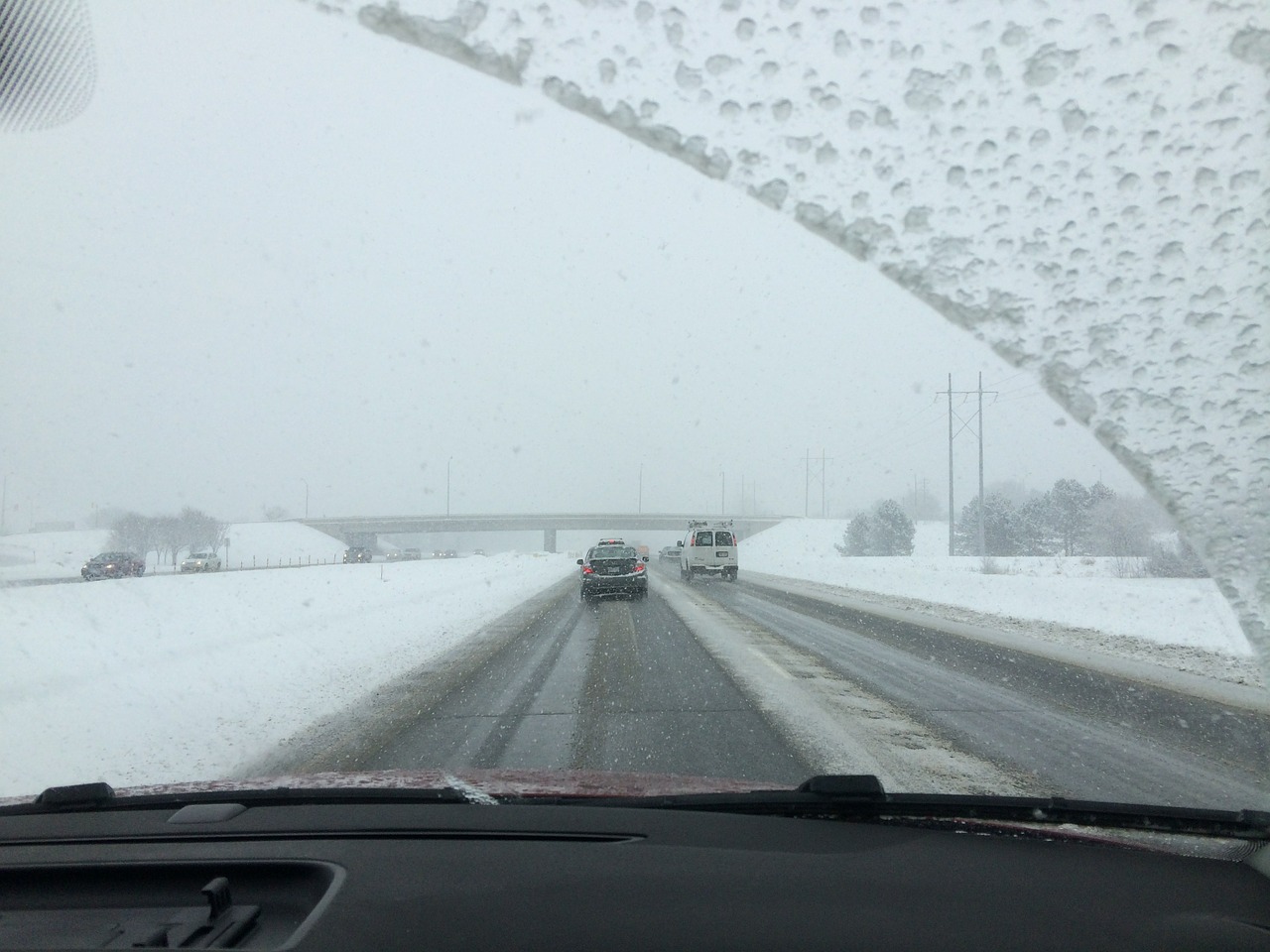
Winter driving is incredibly hazardous – wet and slushy roads cause cars to slide, while failure to clear windshields and windows sufficiently can obscure your vision. Worst of all, black ice can cause your car to spin out into other cars or even off the road, causing serious injuries. What can you do to make winter driving safer?
While the safest thing to do when conditions become hazardous is to stay home, these 4 steps can help you navigate any winter road, from large highways to country lanes.
Here’s what you need to know.
Keep Your Distance
One of the most common winter driving accidents involves rear-ending another driver on the highway. Why? Because even experienced drivers forget to adjust their following distance on wet winter roads.
While typical following distance is about three to four seconds, when driving on wet or icy roads, AAA suggests you increase your following distance to eight to ten seconds. This gives you enough time to respond if the driver in front of you stops quickly, even though the wet road makes it harder to stop.
Check Your Tires
Proper tire care is important year round, but it’s especially important during the winter months. That means checking the tire pressure and the treads to be sure you can get a good grip on the road.
Tire traction is determined, at least in part, by tread quality; if your treads are worn down – if the tires are “bald,” as they say – they won’t grip the road, increasing the chance of hydroplaning or sliding across the road on water or ice.
To check whether your treads are performance ready, the car accident experts at Gruber Law recommend you try the Lincoln Test. Take a penny and put it with Lincoln’s head facing into the tire treads. Worn down treads will leave part of Lincoln’s head still showing and you should head to the shop for new tires, while tires with solid treads will cover the whole of his face.
Slow It Down
When it comes to accelerating and decelerating a car in wintery conditions, it’s important to slow everything down. Sure, you shouldn’t race away from a stop light under any conditions, but in winter rapid acceleration can cause your wheels to spin without moving you anywhere. This is bad for the tires and, depending on the surface, can cause your vehicle to get stuck.
As for deceleration, the same rules apply. Decelerate slowly as often as possible since your car is more likely to slide or fishtail in the snow when slowing down. If you ease into the deceleration, though, you’ll maintain more control over your vehicle.
Avoid Anxiety – Drive Smart
When push comes to shove, driving in the snow isn’t that much more difficult than driving in other weather conditions, but it makes some people nervous. That anxiety may be the most dangerous factor in winter driving.
Whenever possible, drive during daylight hours or on nights with good visibility and limited precipitation. It also helps to be well rested and comfortable; you don’t want to be adjusting layers or shivering against the cold while trying to focus on the road.
Finally, if there’s a choice between an anxious driver and one who feels confident with winter driving, let the confident motorist drive. When you’re worrying, you’re not focused and that’s when danger really enters the equation.
